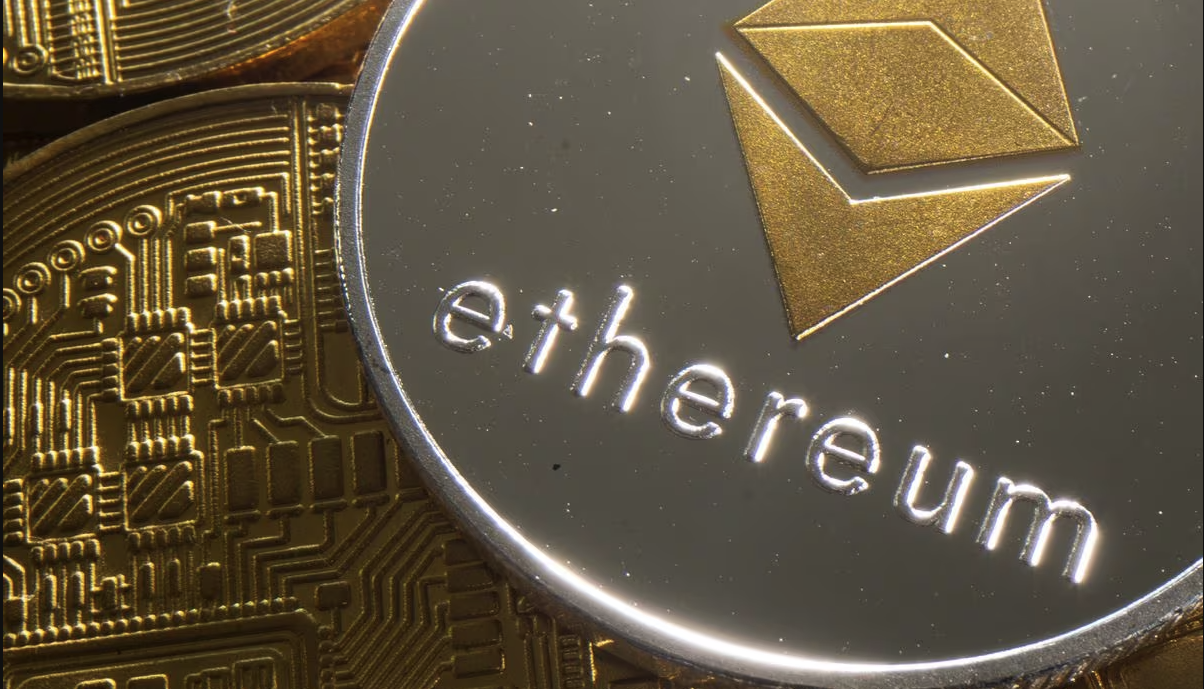Jan van Eck just put a crisp label on Ethereum’s growing role in traditional finance, calling ETH “the Wall Street token” in a short clip shared widely on Aug. 27–28, 2025. The comment reflects how fast Ethereum has moved from crypto-native rails to mainstream market plumbing. In the United States, spot ether ETFs won approval in mid-2024, and trading began in late July that year. That moment flipped a switch for many institutions that wanted exposure to Ethereum without touching wallets or exchanges directly.
The label also fits how banks and market operators keep testing tokenization and settlement on Ethereum. Think of it like upgrading finance’s back office from fax machines to APIs. You still get stocks, funds, and bonds, but the back-end moves with smart contracts and near-instant settlement.
The numbers behind the narrative
Ethereum’s flows help explain the tone shift. Capital is not just watching from the sidelines; it is moving.
- Digital-asset funds logged a record weekly inflow of about $4.39 billion in the week of July 21, 2025. Ethereum led with roughly $2.12 billion, almost double its prior weekly best. CoinShares also said ETH’s 2025 inflows had already topped the full-year 2024 total.
- On launch day for U.S. spot ether ETFs (July 23, 2024), trading volume hit about $1.07 billion across major exchanges, signaling immediate demand from both institutions and retail.
- VanEck’s own summer research flagged a July “Crypto Week” where ETH ETPs attracted roughly $2.2 billion, chipping away at bitcoin’s dominance as flows rotated toward Ethereum.
If “Wall Street token” means where fresh allocations are landing, these figures make the case. The story is not just branding; it is balance sheets and order books.
How investors can use spot ether ETFs
Spot ether ETFs give investors exposure to Ethereum as programmable financial infrastructure. You can buy shares in a brokerage account and skip self-custody, seed phrases, and on-chain transfers. That ease matters for RIAs, funds, and anyone who prefers familiar tools.
However, there are trade-offs to understand before jumping in. U.S. spot ether ETFs do not stake ETH, so shareholders miss on-chain yield. Some investors may accept that in exchange for clean operations, audited custody, and simple tax reporting. Others might pair an ETF position with a separate staking strategy outside the fund, depending on their risk tolerance and compliance needs.
Ethereum still carries meaningful volatility, and its roadmap continues to evolve. Protocol upgrades can add utility and efficiency, yet they also introduce uncertainty. As always, position sizing, time horizon, and diversification matter more than any viral quote.
VanEck’s CEO didn’t just coin a catchy phrase. He captured the moment Ethereum truly entered Wall Street’s workflow, with spot ether ETFs, record inflows, and ongoing tokenization pilots to show for it. For investors, the toolkit now looks far more “Wall Street-friendly,” even if it leaves staking yield on the table. Do the homework, know the risks, and use the vehicle that fits your goals.
